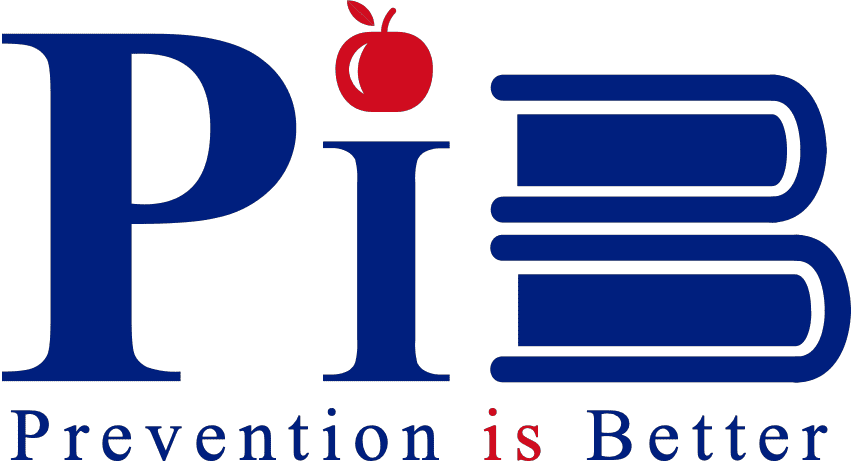Why prevention is better (Article series 1 of 7)

Note: This is the first in a series of articles on prevention.
Introduction
Addiction is a silent predator, lurking in the shadows of our society, claiming countless lives every year. When it comes to fighting addiction and substance abuse, it is more efficient to stop them from happening in the first place than trying to fix them later on. Do you know that the socioeconomic and health harm caused by addiction to drugs and alcohol costs around £32 billion (€37 billion) in the UK (Ulrich et al., 2020), about €147 million in Ireland (Dillon, 2022) and about $510 billion (€474 billion) in the U.S every year (Substance Abuse and Mental Health Services Administration, 2008). That is a staggering figure that highlights the magnitude of this problem.
Thankfully, for every euro spent on teaching young people about drugs, alcohol and how to prevent substance abuse, up to €9 is saved in the long run (Ulrich et al., 2020). This is exactly why there needs to be a focus on prevention rather than treatment.
What is Addiction?
According to the 5th edition of the Diagnostic and Statistical Manual of Mental illness (DSM-5), addiction is a complex condition characterized by compulsive substance use despite harmful consequences (American Psychiatric Association, 2013). For example, when someone finds it extremely difficult to stop using a substance, even though it causes harm to them and to the people around the user. Although people can have addictive personalities that promote addictive behaviours to almost anything, this blog series will focus on addiction to substances.
The Cost of Doing Nothing
Addiction does not just affect the person using the substance, it also affects everyone around them. Dealing with addiction can increase healthcare costs, crime rates, mental health issues, family or relationship dysfunction and other socioeconomic costs for those addicted and the people around them (Substance Abuse and Mental Health Services Administration (SAMHSA), 2008)
Why Prevention Works
Rather than waiting until someone has a problem with drugs or alcohol, it is more impactful to prevent it from happening in the first place. Educating young people, who are the most vulnerable to substance abuse, about the dangerous effects and how to avoid addiction empowers them to make better choices. By intervening early, the path towards addiction can be stopped before it takes hold and wreaks havoc, saving people from the harmful effects and reducing the long-term strain on healthcare and society as a whole (SAMHSA, 2008).
At a time like this, the saying “prevention is better than cure” holds true, emphasising the importance of preventive measures in saving lives and money. Equipping people with the necessary knowledge empowers them to make informed choices, fostering the development of healthier communities.
The subsequent blog posts will discuss the negative effects of addictive substances, the significance of addiction prevention strategies targeting adolescents, the different prevention models, why they are useful and how parents and teachers can apply this information to fight against addiction.
References
American Psychiatric Association. (2013). Substance-Related and Addictive Disorders. In Diagnostic and statistical manual of mental disorders: DSM-5 (pp. 487–488). essay, American Psychiatric Association.
Dillon, L. (2022, March 1). Focused policy assessment of the national drugs strategy. Focused policy assessment of the national drugs strategy. - Drugs and Alcohol. https://www.drugsandalcohol.ie/35819/
Substance Abuse and Mental Health Services Administration (SAMHSA). (2008). Substance abuse prevention dollars and cents: A cost-benefit Analysis . Substance Abuse and Mental Health Services Administration Center for Substance Abuse Prevention. https://www.samhsa.gov/sites/default/files/cost-benefits-prevention.pdf
Ulrich, R., Mallikarjun, P., Verghese, N., Ma, C., & Dyal, M. (2020). GOGLOBALRECOVERY LTD Business plan. London; England.
Acknowledgements
Special thanks to the students of Redeemer University, Ancaster, Ontario for their assistance in preparing these articles.
